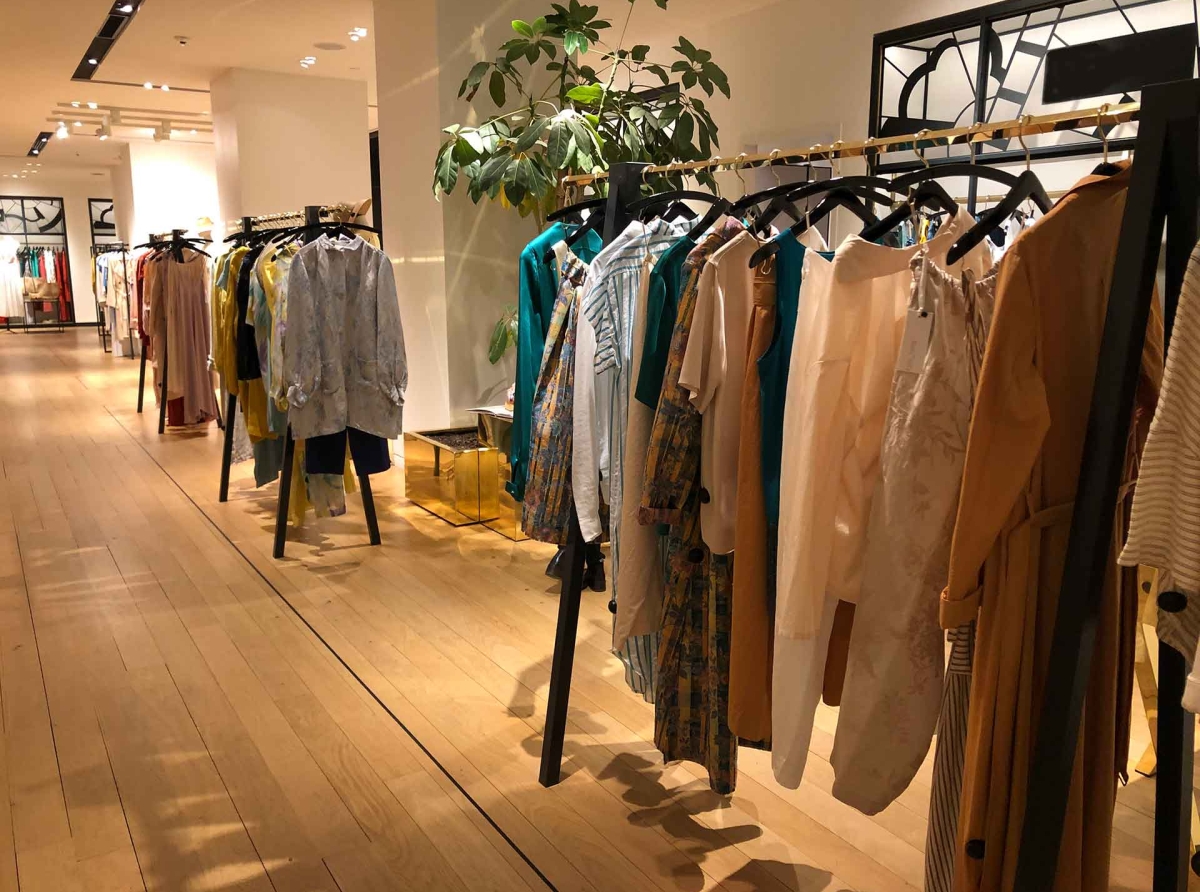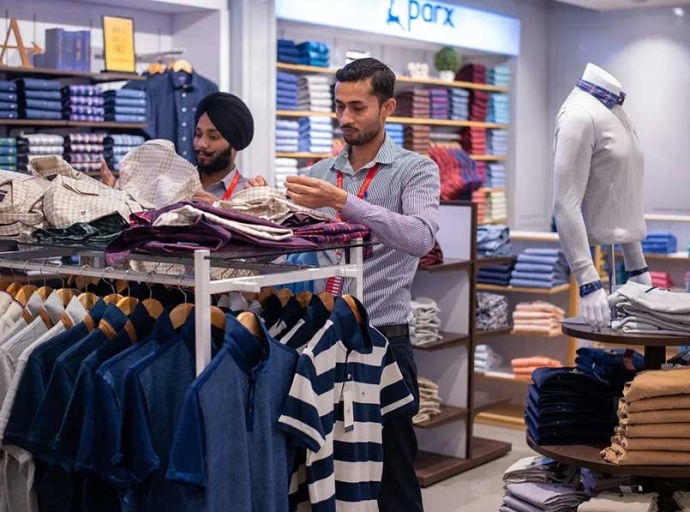16 September 2024, Mumbai
India's rich textile heritage and burgeoning fashion industry have given rise to numerous apparel brands that have captured the hearts of the domestic market. But can these brands successfully foray into international markets, and what are the key factors that will determine their success?
Experts believe certain sectors and categories within the Indian apparel industry hold the most promise for international expansion. These are ethnic wear, contemporary and fusion fashion, fast fashion, sustainable and ethical fashion.
Ethnic wear
India's rich heritage of textiles and craftsmanship is a unique selling proposition. Brands specializing in ethnic wear, such as saris, lehengas, and kurtas, have the potential to capture the growing global demand for culturally distinctive clothing. For example Fabindia, a pioneer in promoting Indian handloom and handicrafts, has successfully established a presence in several international markets, including the US, UK, and UAE. Similarly, Biba the popular women’s wear brand has expanded into international markets, offering stylish and affordable ethnic wear that appeals to a wide range of consumers. Biba's focus on contemporary designs and trends has helped it gain popularity among the younger generation.
Sustainable and ethical fashion
With increasing awareness of environmental issues, there's a growing appetite for sustainable fashion. Indian brands using organic fabrics, natural dyes, and ethical production practices can resonate with eco-conscious consumers worldwide. Homegrown brands like No Nasties an organic cotton clothing brand, has garnered international recognition for its commitment to sustainability and fair trade. Similarly, and Doodlage is known for its commitment to sustainability and has the potential to capture this market segment
Contemporary and fusion wear
The blending of Indian aesthetics with contemporary designs has created a new category of fusion wear that appeals to a global audience seeking a modern take on traditional styles. Brands such as Global Desi and Anita Dongre have successfully tapped into this market, offering a fresh and innovative approach to Indian fashion.
Fast fashion
India's fast fashion brands, known for their trendy designs and affordable prices, can appeal to price-sensitive consumers in international markets. However, they need to ensure their products meet international quality standards and address concerns about labor practices.
Target markets
These Indian brands when they make splash abroad have major potential in certain markets. For example, the large Indian diaspora and the growing interest in Indian culture make the US an attractive market for Indian apparel brands. Similarly, India’s historical relationship with the UK and the presence of a significant Indian community creates a favorable environment for Indian brands to expand. The proximity to India and the shared cultural affinities make the Middle East also a promising market for Indian apparel brands, particularly in the ethnic wear segment. And the growing economies and the increasing interest in Indian fashion make Southeast Asia is a potential market for Indian brands.
Perhaps what works for Indian brands as the spread their wings is global demand for apparel is expected to continue growing, creating new opportunities for Indian brands. And the rise of e-commerce has made it easier to reach global consumers. The Indian government too is actively promoting the export of textiles and apparel through various initiatives.
Success factors
However, for these brands to grow and make a mark overseas it’s crucial to understand the target market. They need to conduct thorough market research to understand the preferences, trends, and cultural nuances of the target market. Adapting designs, sizing, and marketing strategies to suit the local market is essential. What’s more creating a compelling brand story that highlights India's rich textile heritage and cultural influences can help differentiate Indian brands in the global market. Maintaining high-quality standards and offering competitive pricing are crucial for success in the international market. Leveraging digital platforms, social media, and influencer marketing can help Indian brands reach a wider audience. Establishing strong partnerships with distributors and retailers in the target market is also crucial.
Indian apparel brands have the potential to succeed in international markets provided they focus on their strengths, identify the right target markets, and address the challenges effectively. By leveraging India's rich textile heritage, sustainable practices, and competitive pricing, they can carve a niche for themselves on the global fashion stage.
Latest Publications


































